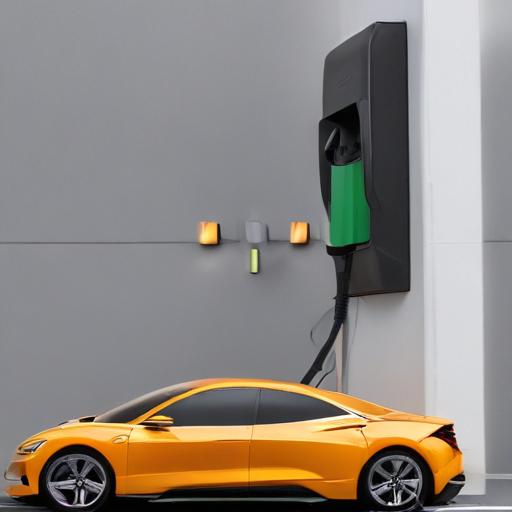US July electric-vehicle sales posted a strong month, rising 26.4% from June and up 19.7% year over year, according to Cox Automotive, marking the second-best month on record for EVs in the United States.
Leading the pack were Tesla, Chevrolet, Hyundai, Ford, and Honda, with Tesla still delivering a far larger share—roughly five times the EV sales of the other top brands combined. Even so, the other automakers are posting faster month-to-month growth, while Tesla’s own sales slipped slightly year over year in July.
The July uptick comes as Tesla’s broader automotive business faced a 16% year-over-year decline last quarter, underscoring the volatility in demand that the company has grappled with even as it remains the dominant force in U.S. EVs.
A key driver behind the July surge is the looming expiration of the $7,500 federal EV tax credit, which has historically supported demand. Analysts say buyers and automakers may pull-forward purchases ahead of the deadline, but how much demand is pulled forward depends on how automakers respond with price cuts and other incentives.
Complicating the landscape, the U.S. government this month stopped issuing compliance letters to automakers for violating fuel-economy standards, effectively reducing the market for regulatory credits. As a result, Tesla is expected to miss out on about $255 million in regulatory credits per quarter going forward—credits that have long been treated as near-profit centers for the company.
Taken together, the expiration of regulatory credits and the winding down of EV tax credits could erase a substantial portion of Tesla’s profits, with JPMorgan estimating that more than half of its profits could be at risk under the changed incentives and credit regime.
What this means for the market going forward
– Expect pricing moves: With credits fading, automakers may lean more on price adjustments to protect demand and margins, potentially affecting EV pricing trajectories across the sector.
– Profitability under pressure: Tesla and other EV players could face tighter margins if credits decline and price competition intensifies, even as volumes hold up.
– Long-term demand remains key: The broader shift to electric mobility continues, but the profitability of that shift will increasingly hinge on how policy changes intersect with OEM pricing, production efficiency, and battery costs.
Summary: July shows resilient demand for EVs in the U.S., led by Tesla, but the shrinking role of regulatory and tax credits introduces new profit pressures. The industry will likely navigate tighter incentives with price strategy adjustments and efficiency gains, while consumer demand for affordable EVs remains a critical factor for sustained growth.
Additional value notes
– Investors should monitor any announced price adjustments from Tesla and other major EV players and how those align with changes in incentives.
– Watch for quarterly updates on regulatory credits and any shifts in profitability guidance that reflect the new credit environment.
– The broader narrative remains positive for EV adoption, but profitability will depend on how quickly automakers adapt to a world with reduced or eliminated credits.
